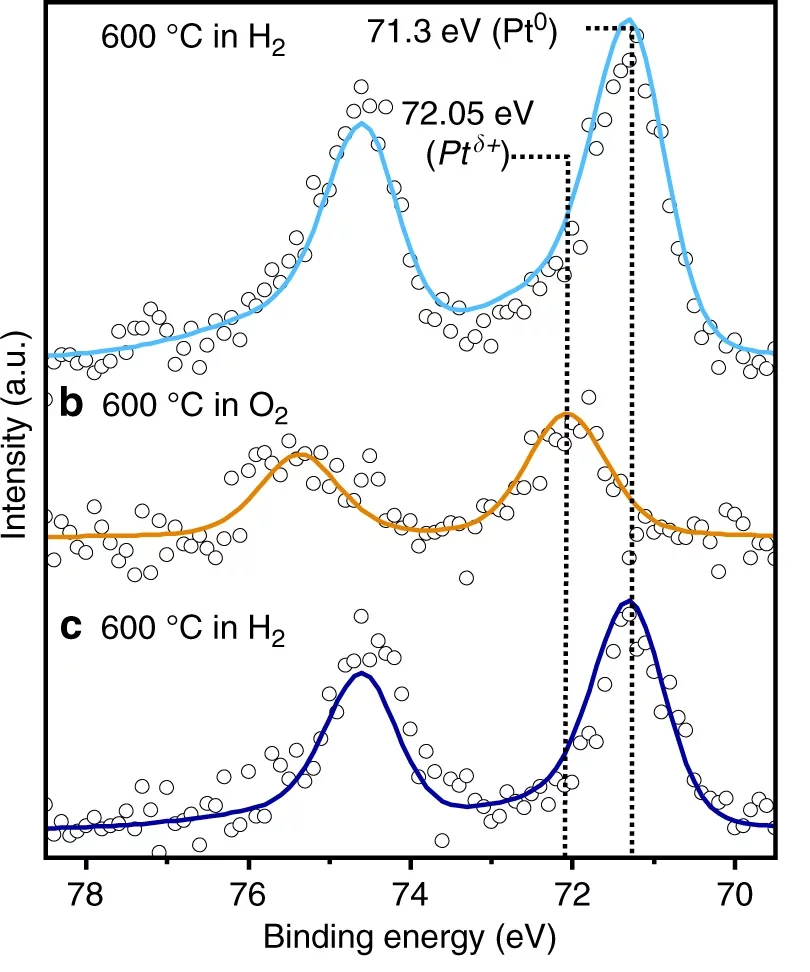The strong metal-support interaction is known to affects the catalytic activity of a system. Despite the various studies proposed, a detailed mechanistic understanding on real catalytic systems is lacking. In this work we combined in situ electron microscopy, in situ X-ray photoemission spectroscopy and in situ X-ray diffraction, aided by density functional theory calculations to providing a real time view on how the phenomenon occurs. The migration of thin layers of reduced titanium oxide and the formation of an alloy are competing mechanisms during high temperature reduction. Subsequent exposure to oxygen segregates the titanium from the alloy, and a thicker titania overlayer forms.

